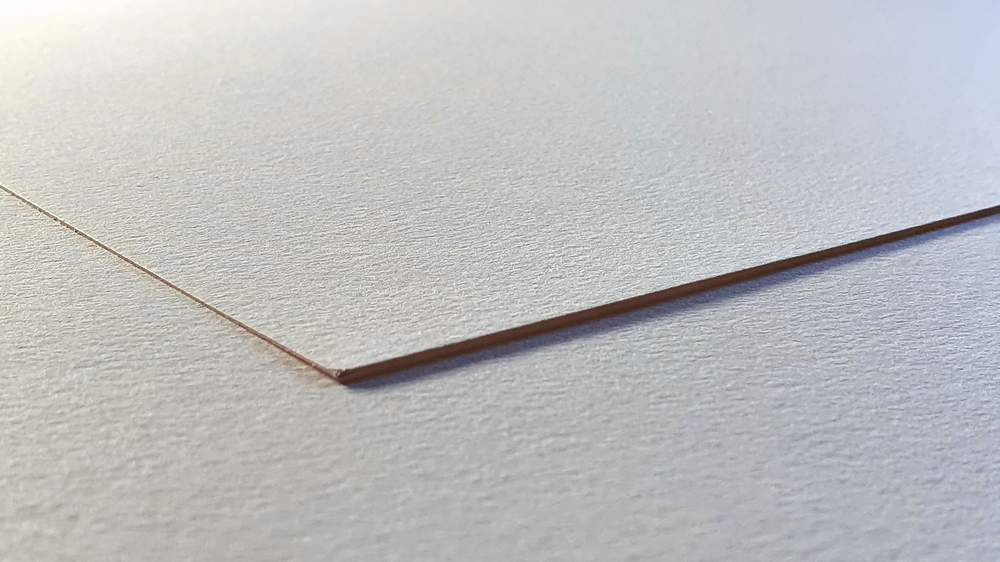What is the Tooth of Paper?

The tooth of paper refers to the texture of the paper's surface. This term is commonly used in art and printing industries to describe the degree of roughness or smoothness a paper possesses. From fine-grained textures that hold detailed pencil strokes to coarse "teeth" that grip layers of pastel, the tooth of the paper plays a vital role in the quality of the final output of an artist's work or a printer's product.
Understanding the Significance
In the Art World
In art, the tooth of the paper can make or break a masterpiece. Whether an artist is sketching with graphite, painting with watercolors, or blending with pastels, the paper's texture influences the application and appearance of these mediums.
For example, paper with a coarse tooth provides an excellent grip for chalk, charcoal, and pastels, enabling these mediums to adhere better. Artists can layer colors effectively, resulting in rich textures and vibrant depth. In contrast, fine-toothed or smooth paper is ideal for detailed pencil or ink drawings, where precision is crucial.
In the Printing Industry
In the printing industry, the tooth of the paper also plays an important role. A paper's tooth can impact the way ink is absorbed, affecting the clarity, color vibrancy, and overall appearance of the printed product.
For instance, papers with more tooth or a rougher texture may absorb ink more, which could result in a less crisp print. On the other hand, smoother papers provide a cleaner surface for ink to sit on, yielding sharper images and text. However, it's worth noting that the choice of paper texture largely depends on the desired aesthetic effect and the purpose of the printed material.
Types of Paper Tooth
Paper comes in a myriad of textures. While the classification might vary slightly depending on the context, there are three main categories of paper tooth:
Smooth: Smooth papers are often favored for detailed work, such as technical drawings or fine art prints. The lack of texture allows for precise lines and minimal ink spread.
Medium: Medium tooth paper offers a balance between texture and smoothness. This makes it a versatile choice, suitable for a wide range of mediums, including pencil, charcoal, and acrylic paints.
Rough: Rough paper has a pronounced texture, ideal for pastels, charcoal, and chalk. The coarse surface holds more of the medium, allowing for layered, textured effects.
Factors Influencing the Tooth of the Paper
Several factors contribute to the tooth of the paper, including the manufacturing process, the type of pulp used, and any surface treatments applied to the paper.
Manufacturing Process: In traditional papermaking, a sheet is formed by draining a water and pulp mixture through a sieve-like screen. The resulting sheet's texture can vary depending on how much water is pressed out and how the sheet is dried.
Type of Pulp: The type of pulp used also influences the paper's tooth. For example, cotton fibers tend to create a softer, more textured paper, while wood pulp produces a smoother surface.
Surface Treatments: Paper can be treated after manufacturing to modify its texture. This can include processes like calendering, where paper is passed between polished metal rollers to make it smoother.
In Conclusion
The tooth of the paper, while often overlooked, is an integral aspect in both art and printing industries. It influences not just the tactile experience of paper but also the outcome of the work produced on it. Understanding paper tooth helps in selecting the right paper for a specific project, enhancing the final product's quality and aesthetic appeal. Thus, the tooth of the paper is more than just a measure of roughness or smoothness; it's a fundamental characteristic that defines the paper's identity and purpose

